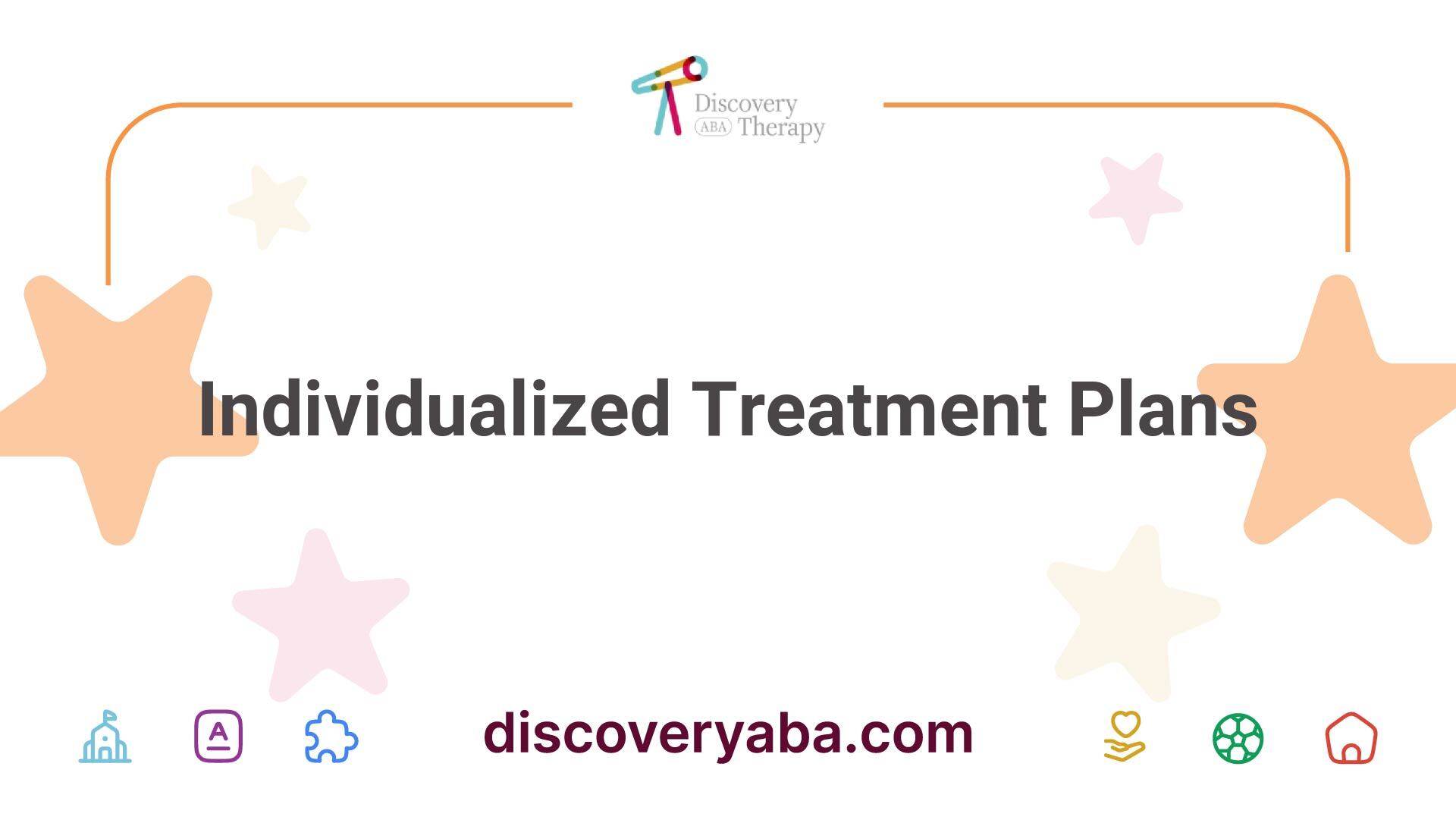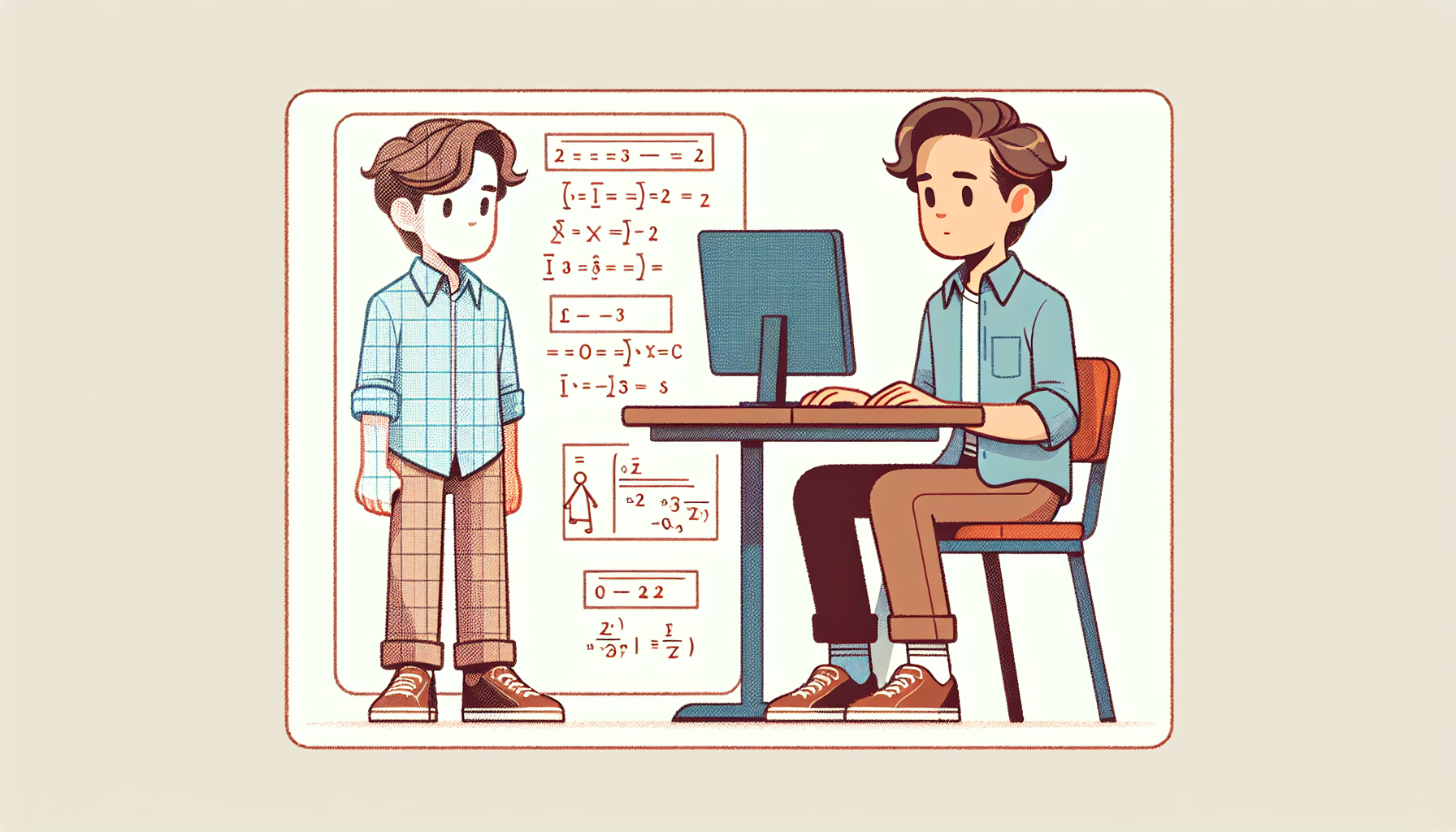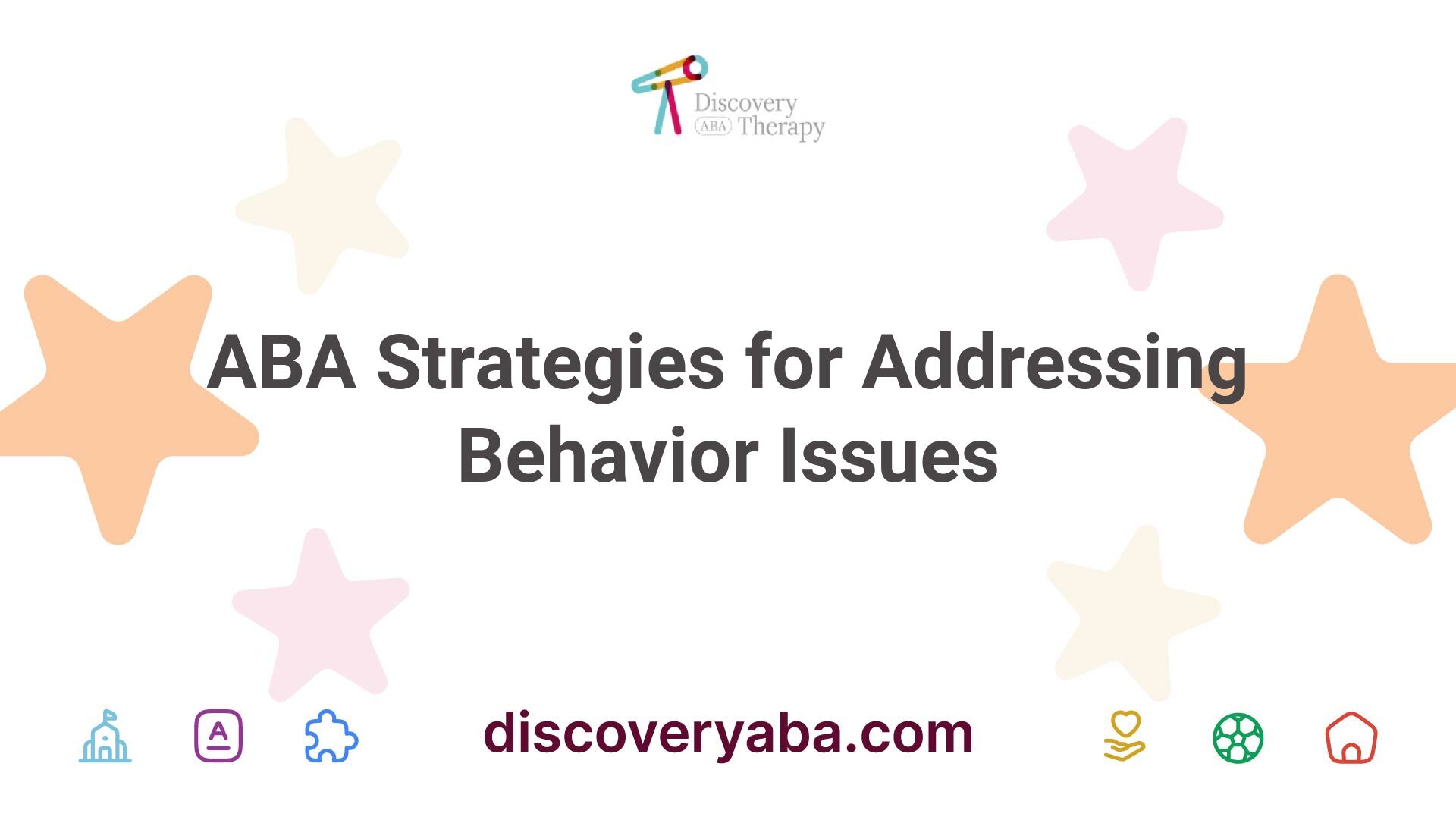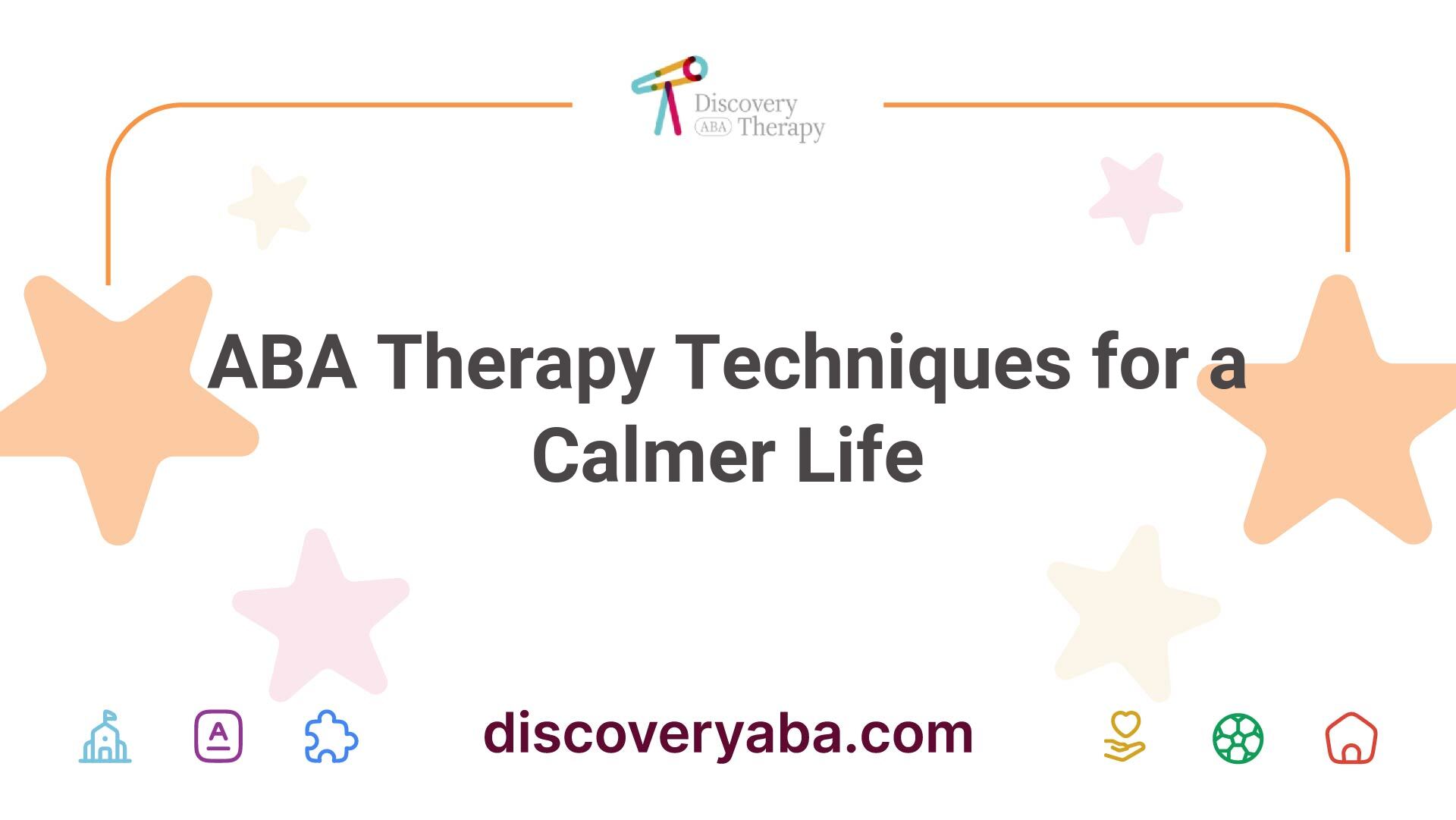Therapy's Impact on Sibling Relationships
Discover how ABA therapy for supporting siblings enhances relationships and strengthens family bonds.


Understanding ABA Therapy
Applied Behavior Analysis (ABA) therapy is a widely recognized approach for improving various skills in children with Autism Spectrum Disorder (ASD). This section will explore the efficacy of ABA therapy and its critical components.
Efficacy of ABA Therapy
Numerous studies have demonstrated the effectiveness of ABA therapy in enhancing a range of developmental skills in children with autism. A comprehensive review by the National Autism Center found strong evidence supporting ABA therapy, indicating significant improvements in cognitive, language, and daily living skills for children who received early intensive behavioral intervention based on ABA principles.
The significant improvements can be observed across various areas:
Skill AreaImprovement EvidenceCognitive SkillsStrong evidenceLanguage SkillsStrong evidenceDaily Living SkillsStrong evidenceSocial InteractionNumerous studies support improvement
ABA therapy has also shown effectiveness in improving communication skills and expressive language. Children engaged in ABA therapy are often able to perform various academic, social, and daily living tasks independently, showcasing the method's positive impact.
For further insights into specific skills, consider exploring functional communication in ABA therapy or teaching safety skills with ABA.
Components of ABA Therapy
ABA therapy incorporates several key components integral to its methodology, working analytically to understand and influence behavior:
By focusing on these components, ABA therapy creates structured and measurable interventions aimed at supporting children's development. For additional details on various applications of ABA, consider our articles on aba therapy for emotional regulation in autism and aba for social anxiety in autism.

Impact on Child Development
ABA therapy has shown significant potential in fostering various aspects of child development, particularly in cognitive enhancement and communication skills improvement. These advancements not only benefit the child receiving therapy but also have a positive impact on sibling relationships.
Cognitive Enhancement
Cognitive enhancement through ABA therapy is crucial for children with autism. Techniques such as Discrete Trial Training (DTT) streamline the learning process by breaking skills down into manageable steps. Each step is reinforced positively when the child responds correctly, promoting better understanding and retention of new concepts [1].
A Functional Behavior Assessment (FBA) further supports cognitive development by identifying specific behaviors requiring modification to aid learning. The purpose of these assessments is to determine factors maintaining certain behaviors, allowing for strategic interventions that promote cognitive growth.
Cognitive SkillsTechniques UsedProblem-SolvingTeaching specific strategies with teaching problem-solving skills with abaAttention SpanImplementing Antecedent-based Interventions (ABI) to reduce distractions (Hidden Talents ABA)Executive FunctioningUtilizing positive reinforcement for task completion (Hidden Talents ABA)
Communication Skills Improvement
Improvement in communication skills is another vital outcome of ABA therapy. Functional communication training focuses on teaching expressive communication, enabling children to articulate their thoughts, needs, and feelings effectively. This not only enhances their ability to engage with peers but also promotes better interactions with siblings.
The use of positive reinforcement encourages the frequent use of newly learned communication skills, further entrenching these behaviors. This approach has been shown to significantly reduce frustration and increases the child’s social engagement [2].
Communication SkillsTechniques UsedExpressive LanguagePositive reinforcement for using new words/phrasesReceptive LanguageActivities to enhance understanding of instructionsJoint AttentionStrategies from improving joint attention with aba
By focusing on cognitive and communication improvements, ABA therapy not only aids in the overall development of children with autism but also fosters healthier relationships with their siblings.

Individualized Treatment Plans
Creating effective treatment plans in ABA therapy is crucial for addressing the unique needs of each child with autism. Individualized treatment plans are tailored to incorporate specific strategies that help enhance skill development and improve overall functioning.
Role of BCBA in ABA Therapy
A BCBA (Board Certified Behavior Analyst) plays a key role in ABA therapy by assessing current skills, identifying areas for improvement, and setting treatment goals. The BCBA works closely with the child, family, and other professionals to develop personalized plans that fit the child's unique needs.
Here is how a BCBA typically approaches the development of an individualized treatment plan:
StepDescriptionAssessmentEvaluates the child's current skills and behavior to identify strengths and challenges.Functional Behavior Assessment (FBA)Identifies behaviors that require modification, understanding their purpose and the factors maintaining them [1].Goal SettingDevelops measurable and achievable goals based on the assessment results.Plan CreationDesigns a personalized intervention plan that includes strategies and techniques tailored to the child's needs.CollaborationEngages with parents, caregivers, and other professionals to ensure a coordinated effort in supporting the child's progress [4].
Tailored Approaches for Success
Personalized interventions in ABA therapy play a crucial role in achieving meaningful outcomes for children with autism. Individualized treatment plans take into account the child’s abilities, challenges, and developmental milestones.
These plans often include components such as:
A personalized plan in ABA therapy considers the child's strengths and challenges, ensuring that the strategies used are effective and goal-oriented. This approach is essential not only for immediate success but also for promoting long-term independence and social involvement.
By emphasizing collaboration and individualization, ABA therapy provides a supportive environment that benefits not just the child but also enhances family dynamics, especially the relationships between siblings.

Involving Siblings in ABA Therapy
Involving siblings in ABA therapy can significantly enhance the support system for children undergoing treatment. By participating actively in the process, siblings can foster stronger relationships and develop essential skills themselves.
Importance of Sibling Support
Siblings play a crucial role in each other's lives, providing support, companionship, and shared experiences. Involving siblings in ABA therapy strengthens family bonds while promoting understanding and support for the individual receiving treatment. Their involvement can lead to a more cohesive family unit, wherein each member appreciates the challenges and successes faced by the sibling with autism.
Incorporating siblings into therapy sessions allows them to assist therapists with activities, observe therapy techniques, and engage in joint activities. This collaboration not only fosters a sense of inclusion but also provides siblings with firsthand experience of the strategies taught. Below is a summary of potential sibling benefits in therapy:
Sibling BenefitsDescriptionEnhanced UnderstandingSiblings learn about the challenges their sibling faces, promoting empathy.Skill DevelopmentInvolvement allows siblings to develop communication and social skills.Strengthened BondsCollaborative activities provide opportunities for bonding.
Siblings as Role Models
Siblings can serve as effective role models for children receiving ABA therapy. When siblings demonstrate desired behaviors, they create opportunities for learning and practice. It is important for therapists to collaborate with parents and siblings to identify specific areas where siblings can benefit from skill development. This range can include communication and social skills, managing emotions, and enhancing sibling relationships [6].
To foster impactful role modeling, organizing sibling support groups or activities can be beneficial. These groups provide a safe space for siblings to connect with others who share similar experiences. In these environments, they can express feelings, share coping strategies, and learn from one another. These activities enhance social interaction, teamwork, and mutual support among siblings.
By recognizing the importance of sibling involvement in ABA therapy, parents and caregivers can create a more supportive and empathetic environment for children with autism, ultimately leading to beneficial outcomes for the entire family. Siblings trained in skills such as functional communication in ABA therapy can help reinforce techniques learned during therapy and create a nurturing atmosphere for everyone involved.

Enhancing Family Dynamics
Benefits of Family Involvement
Involving family members in ABA therapy can significantly enhance the overall experience for both the individual undergoing treatment and their siblings. Siblings play a crucial role in each other’s lives, offering support, companionship, and shared experiences. Engaging siblings in ABA therapy not only fosters understanding and support for the individual receiving treatment but also strengthens family bonds [6].
The benefits of family involvement in ABA therapy include:
BenefitDescriptionEnhanced UnderstandingSiblings gain insights into their sibling’s challenges and progress, promoting empathy and acceptance.Unified Family GoalsCollaboration among family members allows for the development of common goals, ensuring that therapy benefits the entire family unit.Improved CommunicationOpen communication fosters collaboration and respect among family members, enhancing therapy outcomes.Skill DevelopmentIdentifying areas of skill development for siblings ensures that therapy supports not just the individual with autism, but all family members.
Integrating sibling perspectives into therapy plans creates a unified approach that benefits the whole family unit and enhances the therapeutic journey for the individual with autism.
Strengthening Family Bonds
The involvement of siblings in ABA therapy contributes to stronger family dynamics and helps cultivate enduring relationships. Siblings can provide valuable insights about their sibling’s progress and needs, which fosters a sense of unity and cooperation within the family [6].
To strengthen family bonds through ABA therapy, families can implement the following strategies:
StrategyDescriptionCollaborative Goal SettingEngage all family members in identifying and setting therapy goals that cater to each individual's needs.Family MeetingsRegularly hold meetings to discuss progress, challenges, and strategies, ensuring each family member’s voice is heard.Shared ActivitiesEncourage siblings to participate in joint activities that reinforce the skills learned in therapy in a fun and interactive manner.Continued SupportFoster an environment of support and encouragement for each family member, emphasizing growth and progress for everyone involved.
By promoting involvement and collaboration among family members, families enhance their overall dynamic, leading to stronger bonds and more effective therapy outcomes. Families are encouraged to maintain open lines of communication throughout the therapy process, creating a supportive environment that bolsters the effectiveness of the therapy for all involved [6].

Practical Strategies for Siblings
Involving siblings in ABA therapy can create a more supportive environment for their brother or sister with autism. By implementing practical strategies, families can foster stronger sibling relationships and enhance the effectiveness of ABA therapy.
Involvement in Therapy Sessions
Siblings can begin participating in ABA therapy sessions at any age, depending on their understanding and interest. Even young children may benefit from observing therapy techniques and engaging in activities alongside their siblings. According to Double Care ABA, siblings serve as role models, practicing therapy skills in everyday life and helping ensure these skills are retained outside of the therapy setting.
Collaborating with parents and therapists to clearly define how siblings can participate in sessions is essential. This involvement could include:
Fostering open communication among all family members throughout the therapy process further enhances collaboration and respect, positively impacting therapy outcomes for everyone involved [6].
Setting and Tracking Goals
Involving siblings in the goal-setting and tracking process of ABA therapy is another effective strategy. Collaborating with parents and therapists to identify specific areas where siblings can benefit from support allows for creating targeted goals. Potential areas of focus may include:
Area of FocusExample GoalsCommunicationPractice using verbal or non-verbal cues effectivelySocial SkillsEngage in playdates while applying learned interaction strategiesEmotional RegulationDevelop coping strategies for handling frustration or disappointmentRelationship BuildingWork on activities that promote empathy and understanding
Integrating these goals into the treatment plans ensures therapy benefits the entire family unit. It also helps reinforce learned behaviors in real-life situations, promoting skill development and empathy. Tracking progress allows stakeholders to celebrate achievements and make necessary adjustments, ensuring the involved siblings feel valued in their roles [3].
By creating an inclusive atmosphere through active involvement and goal-setting, siblings can significantly enhance the experience and outcomes of ABA therapy for their brother or sister with autism. This collaborative approach helps develop strong family dynamics and nurtures healthier sibling relationships over time.
References
[2]:
[3]:
[4]:
[5]:
[6]:
Find More Articles
Contact us
North Carolina, Tennessee, Nevada, New Jersey, Utah, Virginia
New Hampshire, Maine
Massachusetts, Indiana, Arizona, Georgia
.avif)
































































.jpeg)




































